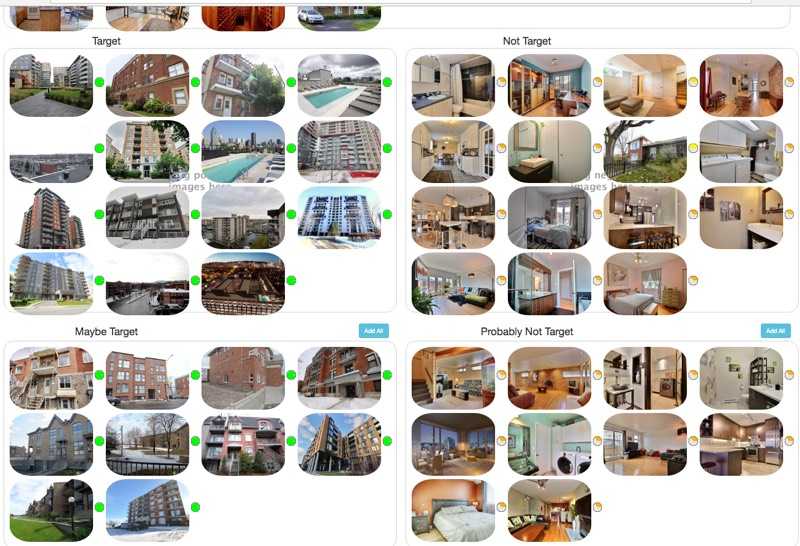Human augmentation through artificial intelligence

Last week, I published two posts that relate to a very interesting and socioeconomically relevant machine learning topic: human augmentation through artificial intelligence. There have been many examples that made their way in the mainstream media where we’ve seen AI push the limits of what was possible, especially since deep learning really took off. One of the big recent examples is of course, AlphaGo.
But human augmentation isn’t about what AI can do by itself. Rather, it’s about how AI can be used to assist a human so that he or she can be much more efficient at performing a given task. It can be to make humans faster at it, or allow them to produce work of higher quality. It’s about using AI as a tool, just like any one of the hundreds of tools we all use in our everyday life.
The first post was a guest post on KDNuggets (with a companion notebook) on MLDB, showing how deep and transfer learning can be used to quickly train a model to classify if the car in a picture is a Tesla, a BMW or an Audi. It lays some of the technical foundation used in the second post.
The second post is about DeepTeach, the interactive Deep Image Classifier Builder. DeepTeach is an MLDB plugin, that is open source, and implements a human augmentation workflow allowing a user to quickly build an image classifier from unlabelled data within minutes.
As the post explains, the plugin uses a series of machine learning techniques, like deep, transfer and active learning. But what’s the most interesting about it is the workflow it implements, allowing a user to go from thousands of unlabelled images to a working binary image classifier in a minute. The same workflow could be implemented to deal with any type of data, like sound or text, and it concretely shows how AI can be used to make humans more productive.
The video below shows a demo of the plugin in action: